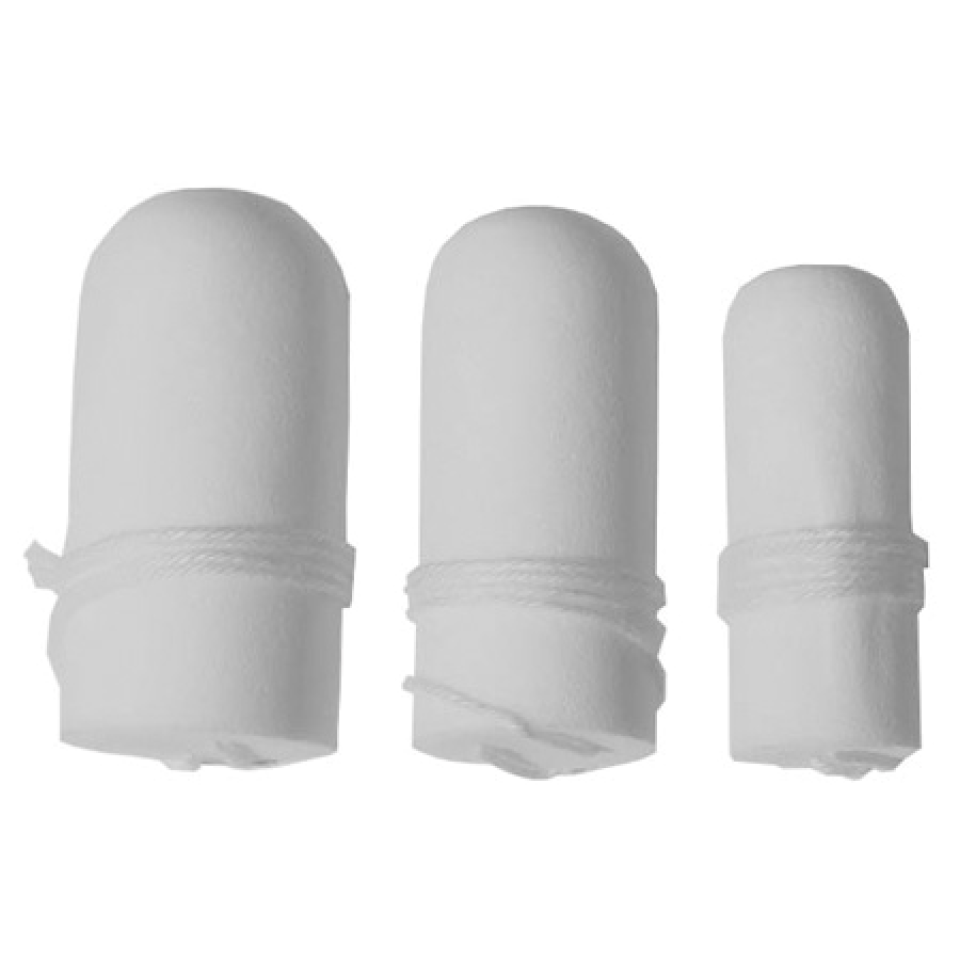18 January 2022
- What is it?
- Risk factors
- Tests and diagnosis
- Treatment
- Living with the disease
- Research lines
- Prevention
- FAQs
-
La enfermedad en el Clínic
- Team and structure
Urinary Incontinence test and diagnosis
Generally undergo a diagnostic protocol to determine the type of urinary incontinence that the patient has that includes:

Medical history. It will be review your family history, the diseases you have had, the course of any past pregnancies or births, and whether you have had any gynaecological problems. In addition, the patient is interviewed to understand her symptoms and identify risk factors, such as taking medications that may worsen incontinence (like diuretics), or conversely, cause urine retention (like some antidepressants).

Symptom questionnaires. Brief questionnaires are completed to assess the symptoms (frequency and severity), as well as the impact they have on the patient's quality of life.

Physical examination. An abdominal and gynecological examination is performed to detect physical abnormalities that may be related to incontinence (such as lack of urethral support), as well as possible associated issues (scars from previous surgeries, abdominal hernias, skin lesions, etc.). A stress test is also performed, which involves asking the patient to cough repeatedly while feeling the urge to urinate, in order to objectively assess stress urinary incontinence.

Urine analysis. A urine dipstick is used to rule out urinary tract infection, which can cause symptoms of urgency and increased urination frequency. If positive, a urine culture is performed to identify the pathogen and guide treatment.

Urinary diary or bladder record. A urinary diary is a daily record of the number of urinations and leaks, and the volume of fluid consumed. The bladder diary helps the doctor better understand the urinary pattern and episodes of urinary incontinence, while also identifying behavioral habits that could be modified to achieve significant symptom improvement.
How to record a urinary diary
Use the urinary diary to record the volumes of liquids you drink and at what times over a 3 day period. You should also make a note of every time you urinate, recording the time and volume of urine discharged (with the help of a measuring device).
Urine leaks, any change of pad if used, and the times of going to bed and waking up are also recorded to assess nighttime urination (nocturia).
Based on the symptoms, physical examination, bladder diary, and post-void residual urine, it is determined whether there is a need to request additional diagnostic tests that can provide further information to better understand the cause of urinary incontinence.

Residual urine measurement. Ultrasound is a straightforward, painless technique used to determine the volume of residual urine, i.e., the amount remaining in the bladder after urinating naturally.

Uroflowmetry This consists of spontaneous urination into a container that measures the rate at which urine is released and the time it takes to finish. Residual urine is then measured.

Urodynamic study. This test measures bladder functions while it fills with liquid, and how it behaves during urination. It is similar to an “electrocardiogram” of the bladder and is key to accurately diagnosing the type of urinary incontinence and other urinary disorders, such as difficulty urinating.

Pelvic floor ultrasound. This is a simple, painless test that evaluates the shape of the urethra (passageway through which urine is discharged), the bladder and the pelvic floor muscles.

Cystoscopy. This technique provides an internal view of the bladder and urethra, using a very thin video camera inserted through the urethra.

Kidney/bladder ultrasound. This test is used to evaluate the anatomy and morphology of the bladder, urinary tract and kidneys, in order to rule out lithiasis (stones). This is performed with an abdominal probe.
Pelvic examination
Women with urinary incontinence usually undergo a pelvic examination in the same position as when they are examined by a gynaecologist. It is important that the bladder is full (drink 2–3 glasses of water before attending the appointment).
During the examination the doctor will examine the external genitals (vulva and entrance of the vagina), the urethral meatus (hole from which urine is discharged) and the internal genitals (vagina and cervix) with the aid of a retractor like the ones used in gynaecological check-ups.
To learn whether urine leaks upon exertion, the patient is asked to cough. The specialist will also perform a digital vaginal examination (by introducing a finger inside the vagina) to assess any loss of support to the urethra, any scars from prior surgery, whether there is genital prolapse (i.e., if any pelvic organs, such as the uterus, bladder or rectum, have descended from their normal positions) and the contraction capacity of the pelvic floor muscles.
Women who also suffer leaks of gases or faeces may need to undergo a digital rectal examination (introducing a finger through the anus) to evaluate anal sphincter tone (the muscle that contracts to retain faeces).
Which professional should I consult?
Many women do not seek medical help due to embarrassment, believing it is a “normal” symptom, or thinking that there is no solution. Therefore, it is recommended that any healthcare professional (doctor, nurse, etc.) ask about urine leakage and provide information on urinary incontinence. The diagnosis of the type of urinary incontinence and the indication of initial treatment can be made by a family doctor or a primary care specialist in gynecology or urology.
If the symptoms are severe and do not respond to initial measures, or if they are associated with other health problems that worsen the condition, referral to a pelvic floor dysfunction specialist is recommended (mainly for urinary incontinence, difficulty urinating, and pelvic organ prolapse).
These professionals are urogynecologists, doctors specialized in gynecology or urology, who mainly or exclusively dedicate their practice to diagnosing and treating these pelvic floor dysfunctions.
Many medical centres have urogynaecology units (also called pelvic floor units) where gynaecologists, urologists, nurses and other specialists work in collaboration to provide comprehensive attention to women with these health problems.
Substantiated information by:



Published: 20 February 2018
Updated: 17 July 2025
Subscribe
Receive the latest updates related to this content.
(*) Mandatory fields
Thank you for subscribing!
If this is the first time you subscribe you will receive a confirmation email, check your inbox

